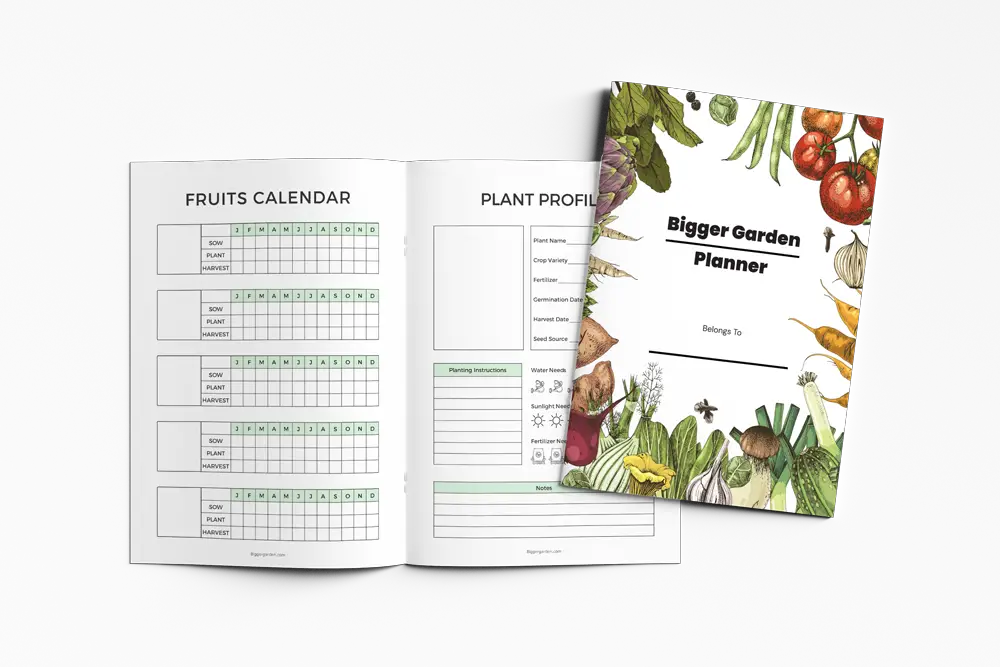What Is 16-16-16 Fertilizer Good For? A Complete Guide of Benefits and Use

This post follows our research editorial guidelines.

For a thriving garden, you have to keep it well stocked with the nutrition it needs to build lush foliage and strong roots. I’ve often reflected on how tricky it can be to balance the needs of each and every different treasure across my garden and into my hydroponics and beyond.
I’ve learned that strong fertilizers like a 16-16-16 have their place, but how exactly do they work? What is a Triple 16 fertilizer good for, and can it help all my blooming wonders thrive?

Table of Contents
What is the main benefit of using 16-16-16 fertilizer?
16-16-16 fertilizers are a strong source of phosphorus and potassium and are excellent for providing a good seasonal foundation for trees, shrubs, blossoms, and fruit. It’s powerful fertilizer and is best used carefully as a seasonal support rather than a continual source of nutrition. Tripple 16 fertilizer is available in a quick-release form that will start providing nutrients in as little as 24 hours.
What is 16-16-16 fertilizer typically made of?
In order to get a grip on what’s inside a big back of Triple 16, we need to understand what those three numbers mean.
16-16-16 is a fertilizer’s NPK ratio. It tells us how much, as a percentage, of the bag, is active ingredient, and how much of each of the big three macronutrients are in the bag.
(16) N stands for nitrogen, (16) P stands for phosphorus and (16) K stands for potassium. Those three essential elements are the most important nutrients any plant needs to survive.
It also shows us how they relate to each other. Plants need those big three in different quantities in different parts of their lives. Knowing how much of each, as a ratio, lets you know how to apply it and when.
An NPK of 16-16-16 tells us that this is a powerful fertilizer. It’s almost half active ingredient, a whopping 48%. It also focuses the most on phosphorus, delivering large doses relative to the other two.
Nitrogen
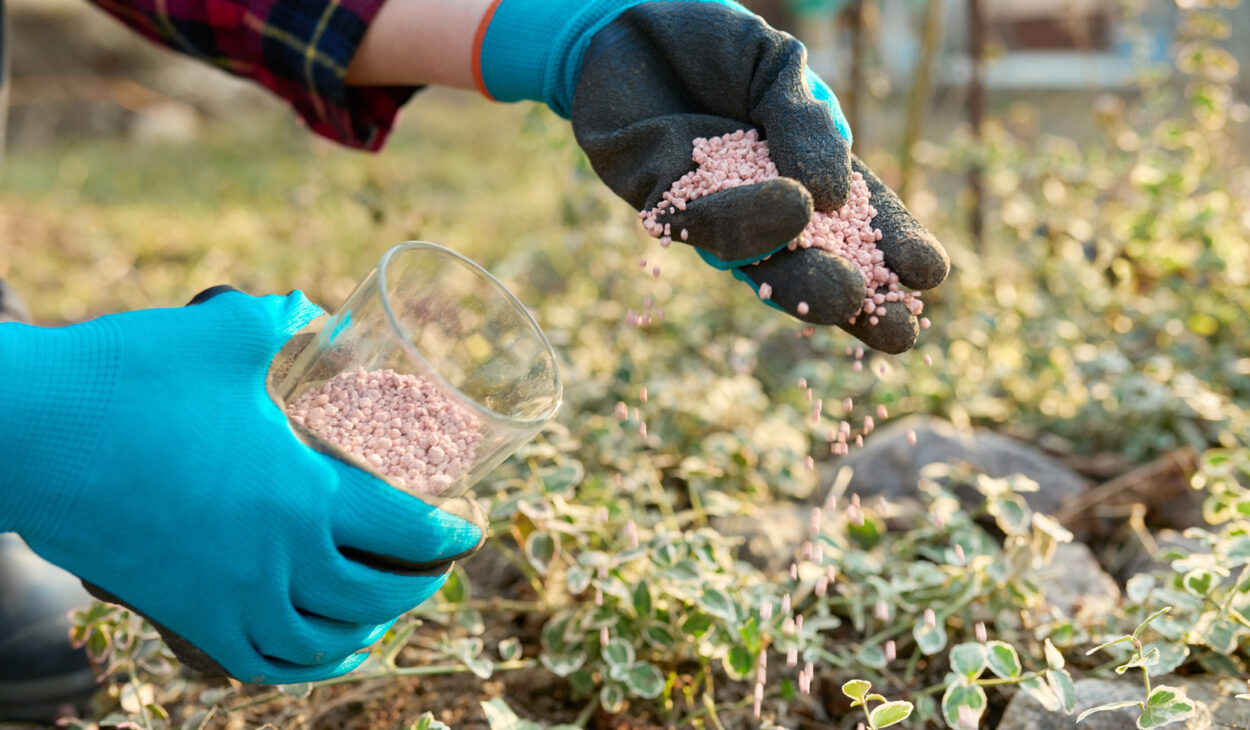
Of all the nutrients a plant needs, nitrogen is the one they arguably need the most. It’s critical to all aspects of plant biology, from the formation of strong, healthy foliage and stems to the growth of flowers, roots and even essential daily functions like photosynthesis. Without it plants are sickly, feeble and more prone to die back.
While nitrogen itself exists abundantly as a gas, it’s tricky for plants to access. Most can’t draw it straight from the air itself and instead rely on the nitrogen trapped in soils.
Soils don’t hold nitrogen well, so it must be replaced frequently to maintain their fertility. Traditionally organic sources like mulches, composts and manure provide the bulk of nitrogen, but these days powerful synthetic fertilizers like a Triple 16 fill the gaps.
Phosphorus
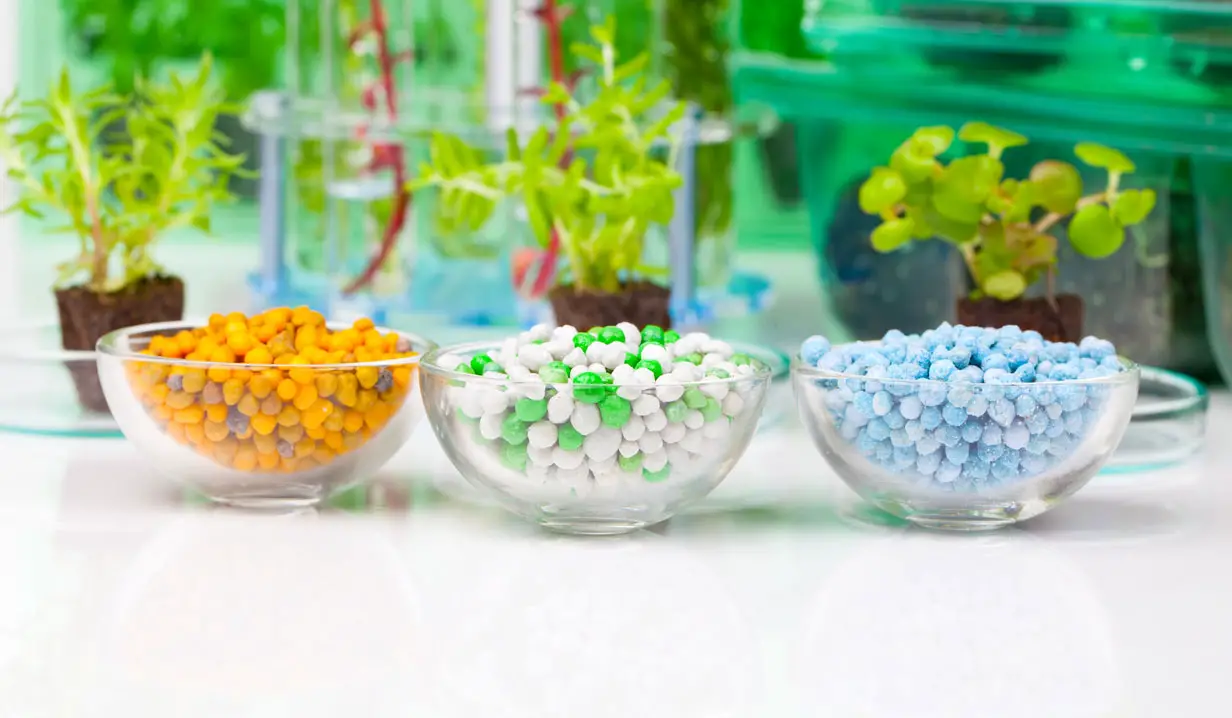
Phosphorus is also critical to plant biology, though each plant generally needs far less of it. It’s used to manufacture chlorophyll, and in turn, is a fundamental part of how plants create and store energy. They also invest large quantities into the growing of new roots, and more seasonal growth like flowers, fruits, and seeds.
It’s thankfully abundant, and most soils at least start with enough. Most phosphorus however lies locked in minerals and stone, far below where the average root system can reach. High phosphorus fertilizers have been developed as a result, providing support for that seasonal growth when the turning of the year puts pressure on our gardens to grow.
Phosphorus is however a hard one to balance. Plants use less phosphorus than the other two big nutrients, so it’s easy to add more than they need. This can cause substantial problems, so it really pays to be careful when using phosphorus-rich fertilizers.
Potassium

Completing our NPK ratio is potassium. It’s used by plants as an ion, a charged particle that zips around inside the plant. It controls the flow of liquids, opens pores in leaves, and helps regulate how enzymes function. It also winds up in fruit and seeds, especially potassium-rich crops like potatoes or bananas.
Potassium tends to get tied up in the soil, as those charged ions will happily bind to clays and stone. Furthermore, because it’s used for such a critical function each leaf and stem must have its own store, and once the leaves are pruned or the lawn mowed the potassium is lost. Potassium rich fertilizers often replace what’s lost.
Best uses for 16-16-16 fertilizer
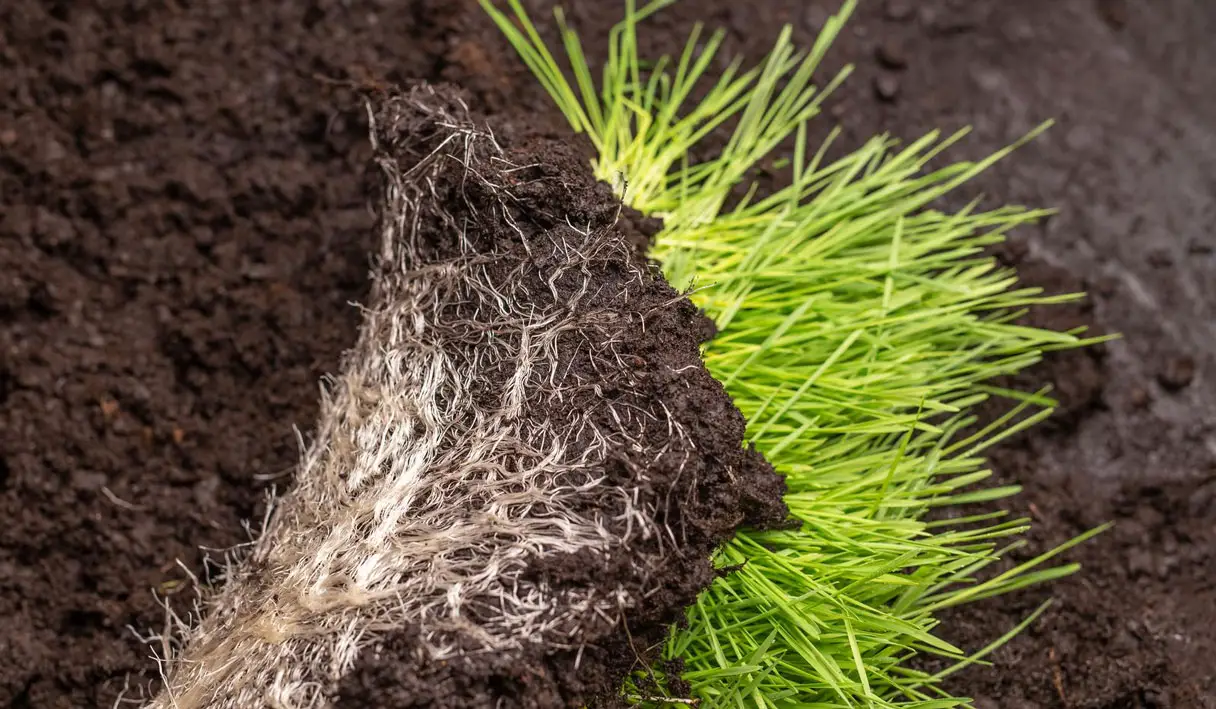
Triple 16 best used as a starter, applied to new plantings and to prepare large areas of ground for new turf. The high quantities of soluble phosphorus in 16-16-16 is more easily accessed by new roots, giving the plants what they need to settle in and get ready to grow.
It’s also excellent to replenish vegetable patches and annual beds, and any area of the garden with high turnover of flowers, fruit and seeds. It’s typically slower release than 14-14-14 fertilizer, and so can be used once a year for very long lasting impact, and its higher concentration means you need far less of it per dose. Pop a good measure into beds when turning them over in the spring, and you’ll get a consistent nutrition over the growing season.
When to not use 16-16-16 fertilizer
16-16-16 is punchy stuff. Used incorrectly it can really mess up your garden.
First, never use strong fertilizer on heat stressed plants, or ones that are experiencing drought. Those conditions make them vulnerable to an overload of nutrients through the roots and leaves, causing chemical burns.
Likewise, never fertilize wet foliage – apply strong fertilizer like Triple 16 to dry beds or turf, and water in thoroughly. This will not only help dissolve the nutrients and move them through to the roots, but it will prevent the product burning foliage or otherwise damaging the plants.
Finally avoid fertilizing towards the end of the growing season. By fall you should taper off, and stop fertilizing altogether. You really don’t want to encourage new growth that’s just going to be killed off by the coming winter.
I’d also strongly caution against using 16-16-16 at all if you’re close to a natural creek or stream, or if your runoff winds up in stormwater without treatment first. It’s very rich in phosphorus, and runoff contaminated with too much of the stuff can cause eutrophication, killing entire ecosystems. It’s far better to use a low phosphorus option instead, and preserve those beautiful wild places for all to enjoy.
When and how often to use 16-16-16 fertilizer
How and when to apply strong fertilizers like Triple 16 depends a lot on what’s going on beneath the soil. You can add as much powerful fertilizer as you like, but if its not what your garden needs it will be a waste of both time and money.
It’s good practice to test your garden soil periodically, especially if you have a lawn you’re really struggling to improve. Home soil testing kits are readily available in most stores and online, and will give you a pretty solid understanding of what your nutrient profile is like.
For more precise information, consider professional testing. Most university and county extension offices offer cheap soil testing, and can give you a comprehensive report that outlines not only the nitrogen, phosphorus and potassium levels in the soil, but other important information like pH and salinity in addition to what other nutrients are present in the soil.
Is 16-16-16 fertilizer organic?
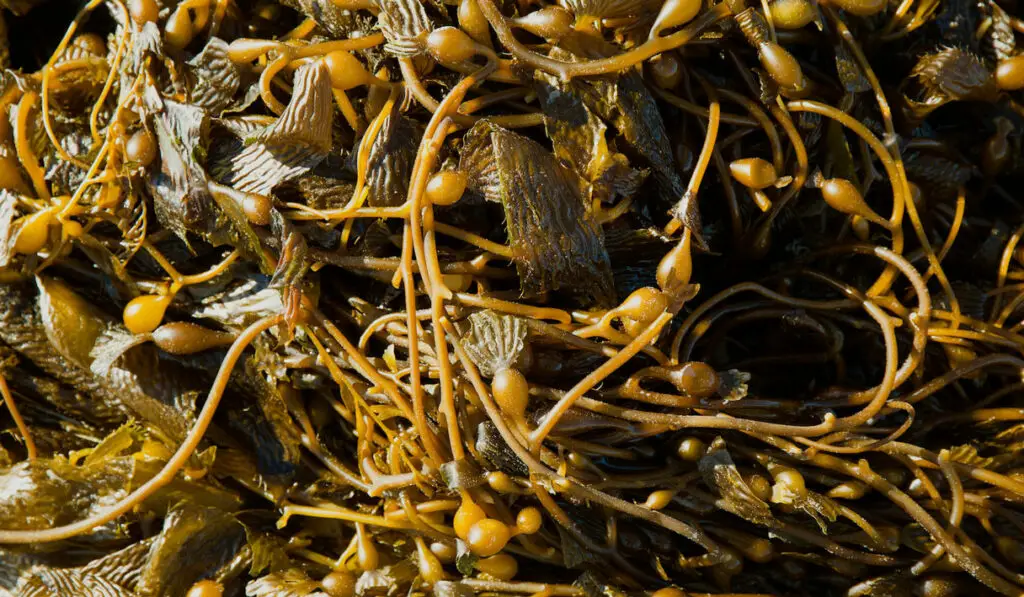
Triple 16 is far too powerful to be derived from natural sources. Each of the three elements are added in precise quantities, with carriers and additives designed to provide specific results. It’s a controlled product, with controlled results.
That predictability does come at a cost. It is very powerful, and so you must always read the instructions and follow them properly. It’s highly concentrated, so you have to make sure you don’t add too much.
You also need to watch for other nutrient deficiencies, too. Synthetic fertilizers are very what-you-see-is-what-you-get, and they tend to lack other important minerals required by the garden. It’s a good idea to supplement with a rich organic, like kelp meal, to ensure you get all those micro-nutrients plants crave.
“Organic sources have a lower N-P-K grade, which requires the application of large quantities per acre. Most organic fertilizers also have nutrient levels closer to 1-1-1 grade. Therefore, supplying all the nitrogen needs of plants using organic fertilizers may lead to an over-application of phosphorus.”
George Silva, Michigan State University
Will triple 16 fertilizer make all plants bigger?
Not all plants have the same nutritional requirements, and even the same species will have differing needs as the year progresses. 16-16-16 is not a magic potion that will make all your plants thrive.
In addition, if you’re looking for size, nitrogen is the most important of the elements. While 16-16-16 certainly delivers, it does so with a payload heavy in the other two macro-nutrients. If it’s not what is needed, that excess nutrition will bind to other minerals in the soil and cause stunted growth.
Too much phosphorus especially binds iron and zinc into the soil, so no matter how much is present it can’t be drawn up by roots. Both are critical to growth, so if you want big plants a nitrogen rich fertilizer will be better.
Is triple 16 the best fertilizer for lawns?
Despite what companies selling fertilizers would have you believe, there really isn’t a “best” fertilizer for all lawns. A lot depends on what sort of grass you’re growing, your climate, and what your local soil is like.
16-16-16 does have its place. Slow release 16-16-16 mixed through the soil prior to laying new turf will help it establish, giving you a solid foundation for future growth.
In general, however, you’ll have better results with a fertilizer that is balanced with typical lawn growth in mind. They don’t fruit or flower, so need relatively small quantities of phosphorus in relation to other. You’ll have much better results with a 16-4-8 fertilizer,
When should I put 16-16-16 on my lawn?
If you’ve decided that your lawn needs a dose of Triple 16, dose it no more than once a year. When will depend on your species. You’ll want to use it right at the start of the growing season to give the lawn a boost when it needs it most.
Warm seasons grasses will do best with an application in late spring or early summer. Cool weather species on the other hand prefer their nutrients applied in the fall or early winter.
I do want to stress that lawns really do love a blend with more nitrogen than phosphorus, and many an overenthusiastic turf fan has damaged their beloved grass with the wrong balance. It really does pay to test your lawn regularly,
Final thoughts
While I generally prefer the gentle, slow release of organic fertilizers, mulches, and composts for my garden, strong synthetics do have their place. They add a much needed boost to vegetable patches, especially if I’ve had a particularly bountiful run the previous season. It’s a good option to put back what those delicious, nutritious crops take out of the soil.
